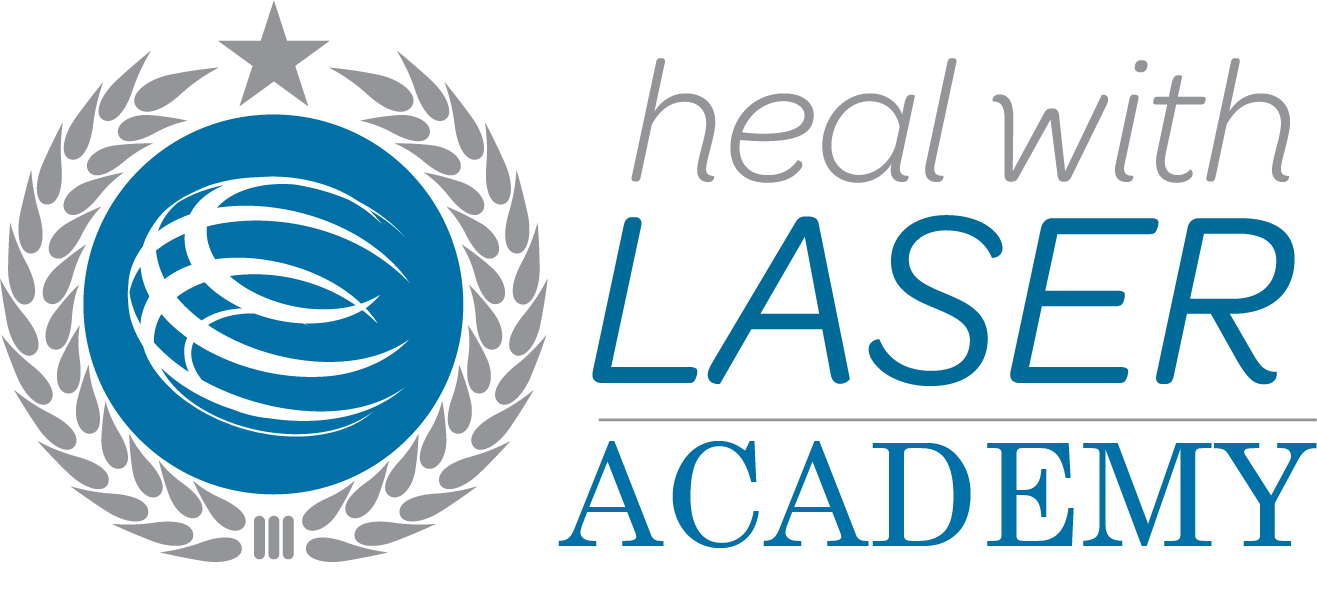Effects of Pre- or Post-Exercise LLLT in Recovery
Effects of Pre- or Post-Exercise Low-Level Laser Therapy (830 nm) on Skeletal Muscle Fatigue and Biochemical Markers of Recovery in Humans: Double-Blind Placebo-Controlled Trial
Filipe Abdalla dos Reis, PT, PhD, Baldomero Antonio Kato da Silva, PT, PhD, Erica Martinho Salvador Laraia, PT, MSc, Rhaiza Marques de Melo, PT, Patrı´cia Henrique Silva, PT, Ernesto Cesar Pinto Leal-Junior, PT, PhD and Paulo de Tarso Camillo de Carvalho PT, PhD
Photomedicine and Laser Surgery Volume 32, Number 2, 2014
Objectives: The purpose of this study was to investigate the effect of low-level laser therapy (LLLT) before and after exercise on quadriceps muscle performance, and to evaluate the changes in serum lactate and creatine kinase (CK) levels.
Methods: The study was randomized, double blind, and placebo controlled. Patients: A sample of 27 healthy volunteers (male soccer players) were divided into three groups: placebo, pre-fatigue laser, and post-fatigue laser. The experiment was performed in two sessions, with a 1 week interval between them. Subjects performed two sessions of stretching followed by blood collection (measurement of lactate and CK) at baseline and after fatigue of the quadriceps by leg extension. LLLT was applied to the femoral quadriceps muscle using an infrared laser device (830 nm), 0.0028 cm2 beam area, six 60 mW diodes, energy of 0.6 J per diode (total energy to each limb 25.2 J (50.4 J total), energy density 214.28 J/cm2 , 21.42 W/cm2 power density, 70 sec per leg. We measured the time to fatigue and number and maximum load (RM) of repetitions tolerated. Number of repetitions and time until fatigue were primary outcomes, secondary outcomes included serum lactate levels (measured before and 5, 10, and 15 min after exercise), and CK levels (measured before and 5 min after exercise).
Results: The number of repetitions ( p = 0.8965), RM ( p = 0.9915), and duration of fatigue ( p = 0.8424) were similar among the groups. Post-fatigue laser treatment significantly decreased the serum lactate concentration relative to placebo treatment ( p < 0.01) and also within the group over time (after 5 min vs. after 10 and 15 min, p < 0.05 both). The CK level was lower in the post-fatigue laser group ( p < 0.01).
Conclusions: Laser application either before or after fatigue reduced the post-fatigue concentrations of serum lactate and CK. The results were more pronounced in the post-fatigue laser group.


